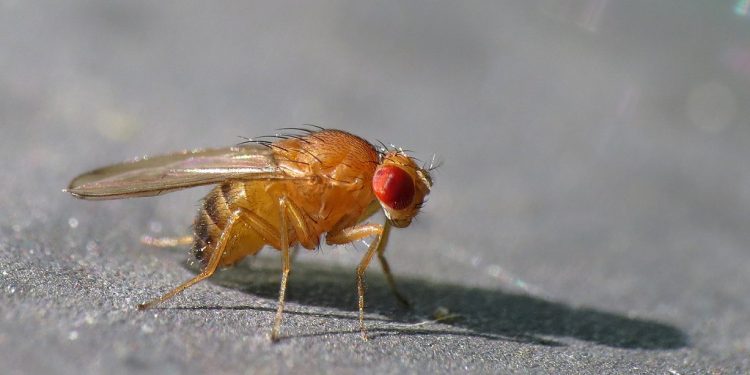#ModelOrganisms #GeneticManipulation #Neuroscience #ResearchTechnologies
Fruit flies, also known as Drosophila spp., have been an important model organism in biological research for over a century. Despite their small size, these insects have provided valuable insights into genetics, developmental biology, and neuroscience, among other fields. With the advent of new technologies and techniques, Drosophila research continues to thrive and provide novel discoveries.
One of the key reasons for the widespread use of Drosophila in research is their rapid reproduction and short generation time. This allows for efficient breeding and study of multiple generations in a relatively short period of time. In addition, Drosophila have a well-understood genome and can be easily manipulated genetically, making them an ideal model organism for studying gene function and regulation.
Over the years, Drosophila research has yielded numerous breakthroughs. For example, studies on Drosophila melanogaster led to the discovery of the role of chromosomes in inheritance, as well as the discovery of sex-linked inheritance. More recent research has focused on the molecular mechanisms underlying behavior, such as circadian rhythms and learning and memory.
The development of new technologies, such as CRISPR-Cas9 gene editing and optogenetics, has opened up even more possibilities for Drosophila research. These techniques allow for precise manipulation of genes and neural circuits, respectively, and have led to exciting discoveries in areas such as neurodegeneration and sensory processing.
As Drosophila research continues to advance, it is likely that we will gain even more insights into the workings of biology and the mechanisms underlying disease. With its combination of genetic tractability and physiological relevance, Drosophila will undoubtedly remain a valuable model organism for many years to come.





